Convertible roofs have long captivated car enthusiasts with their blend of engineering prowess and aesthetic appeal. Throughout automotive history, certain convertible roof designs have stood out for their innovation and influence. Some of these designs have left an indelible mark on the industry, transforming the way we view open-top driving and influencing car designers for generations.
The Early Innovations
The Beginnings of Convertibles
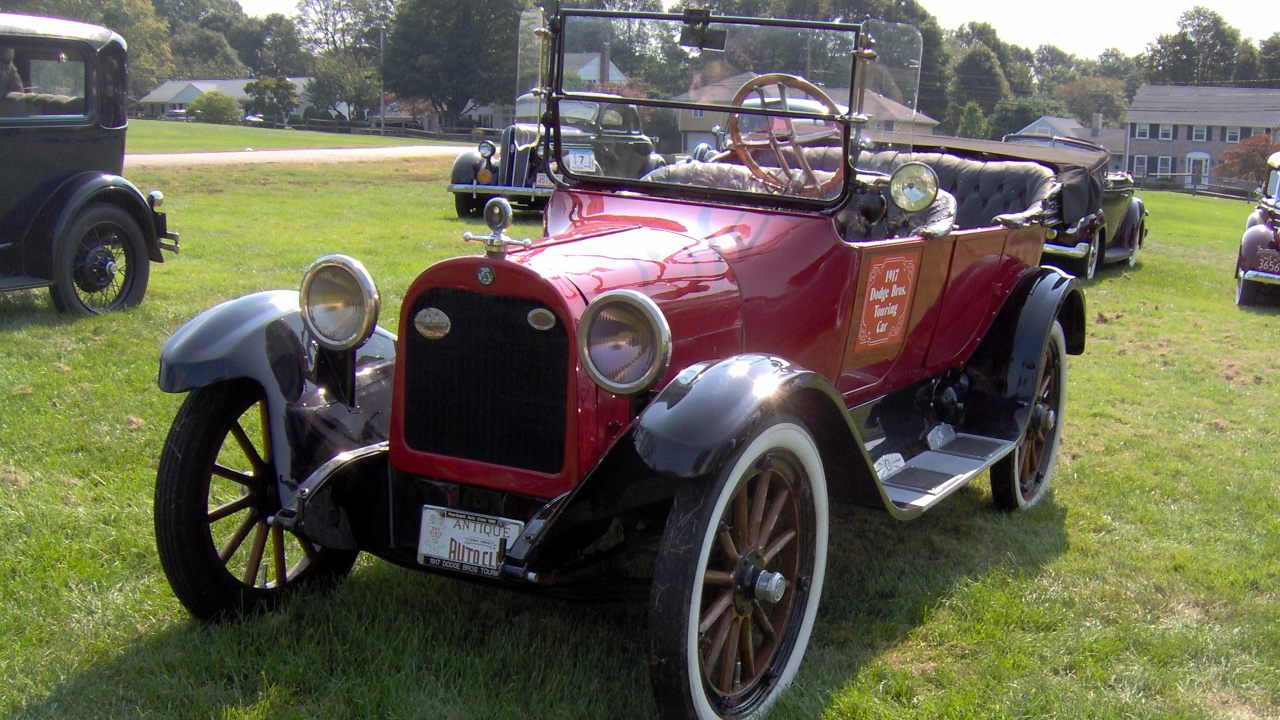
The transition from horse-drawn carriages to the first automobiles was a monumental step in transportation history. Early cars maintained a similar open-air design, which naturally led to the creation of the first convertible roofs. These initial designs were manually operated fabric tops that could be raised or lowered depending on the weather. The freedom and flexibility they offered were revolutionary for the time, providing a new sense of adventure to early drivers.
In the late 19th and early 20th centuries, many car manufacturers began experimenting with these manually operated tops. Cars like the 1916 Dodge Brothers Touring Car featured simple yet effective convertible mechanisms. This innovation allowed drivers to enjoy the open air while still having the option to cover up when necessary, setting the stage for future developments in convertible roof technology.
The 1930s: A New Era of Style
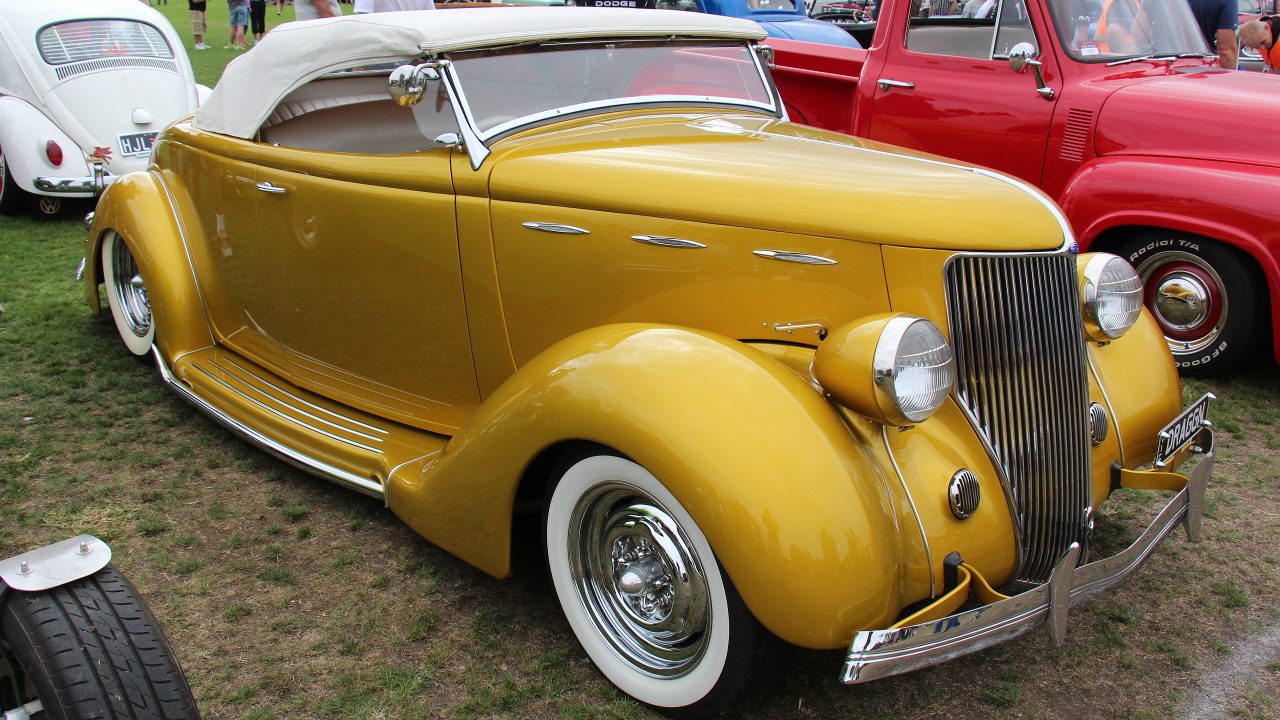
The 1930s ushered in a new era where convertibles became symbols of style and luxury. During the Art Deco period, the auto industry saw a boom in creative design and technological advancements. Convertible roofs benefited from these innovations, with improvements in fabric quality and mechanism efficiency. Vehicles like the 1936 Ford Deluxe Roadster exemplified this shift, combining sleek lines with a functional and stylish convertible top.
As convertibles grew in popularity, manufacturers began to focus more on aesthetics and comfort. The 1930s also saw the introduction of more streamlined designs with better aerodynamics, a trend that extended to convertible roofs. These roofs were not only functional but also added to the overall appeal of the vehicle, making convertibles a coveted choice for affluent buyers and movie stars alike.
The Post-War Boom
The 1950s: The Golden Age of Convertibles
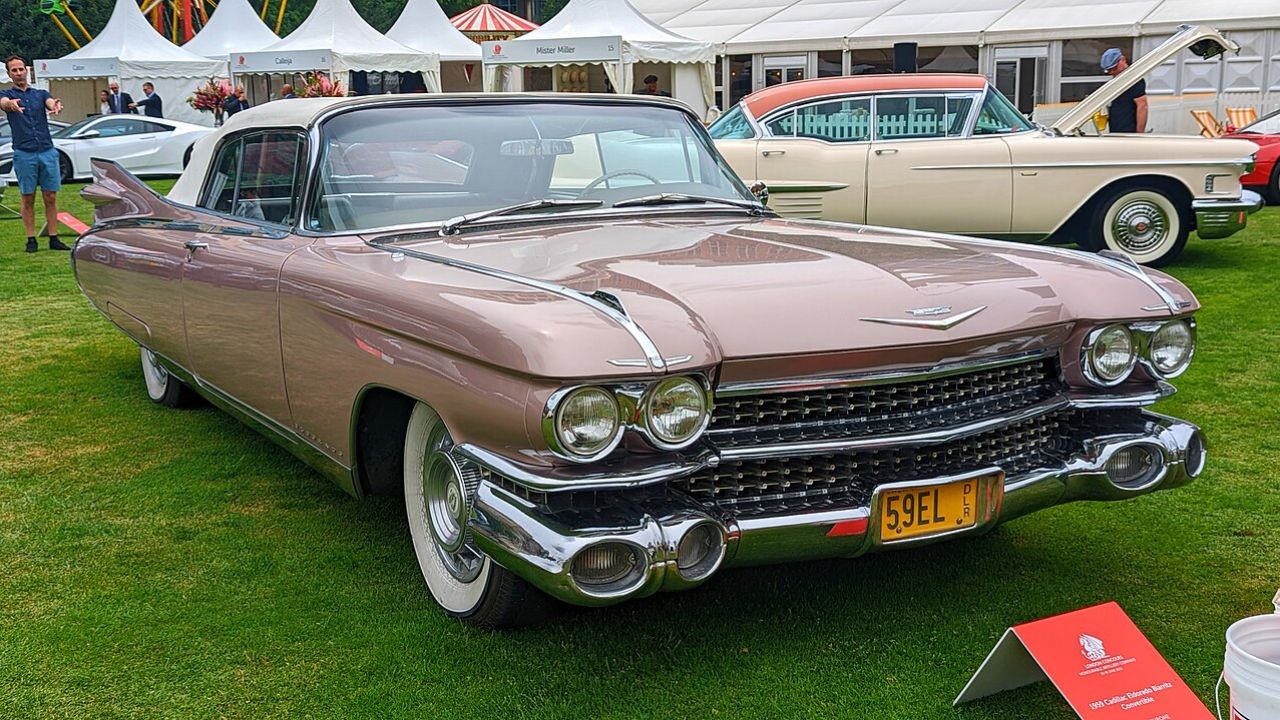
The 1950s are often referred to as the golden age of convertibles, particularly in the United States. During this time, American automotive giants like Ford, Chevrolet, and Cadillac dominated the market with their bold and flamboyant designs. Convertibles such as the 1959 Cadillac Eldorado Biarritz embodied the opulence and optimism of the post-war era, becoming cultural icons in the process.
These vehicles were more than just cars; they were statements of freedom and progress. The rise of suburban culture and the expanding highway system further fueled the popularity of convertibles, making them an integral part of the American Dream. With their powerful engines and stylish designs, these cars symbolized a new era of prosperity and mobility.
European Influence
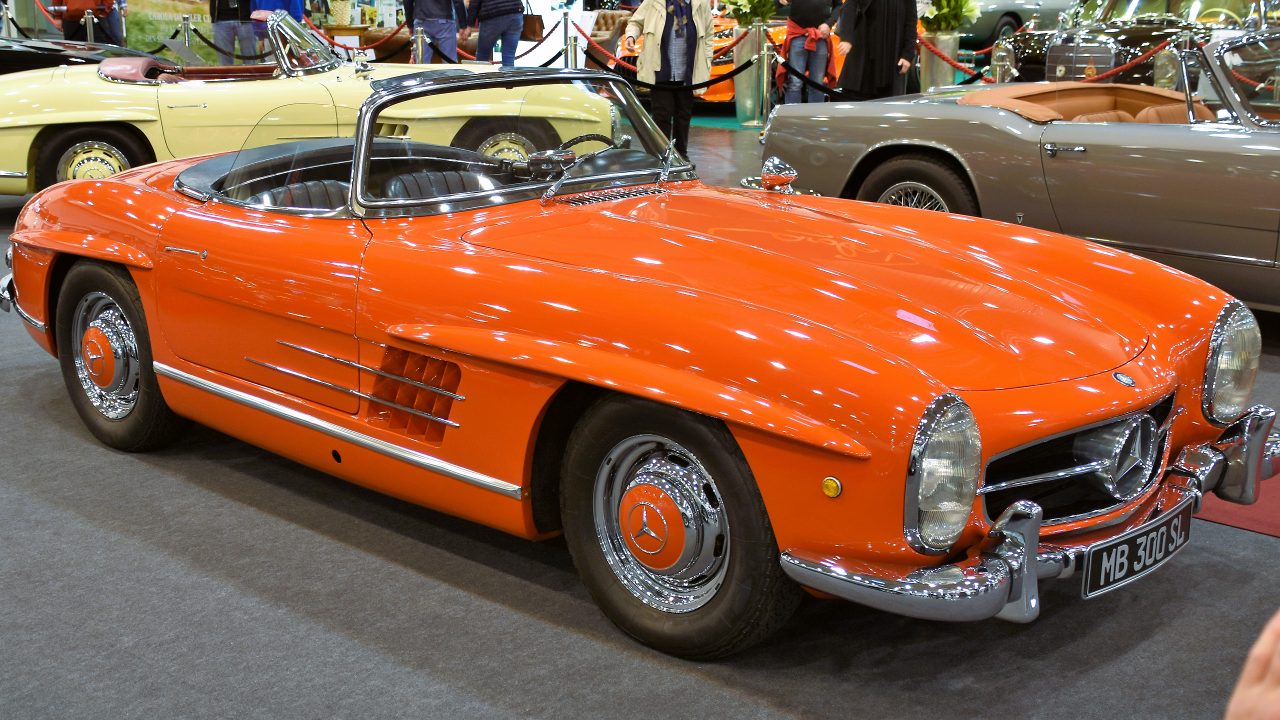
While American convertibles were making waves across the Atlantic, European manufacturers were also leaving their mark with distinctive and elegant designs. Brands like Mercedes-Benz and Ferrari introduced models that combined performance with luxury, setting themselves apart with unique features. The Mercedes-Benz 300 SL, known for its iconic gullwing doors, also offered a convertible version that became a symbol of sophistication and engineering excellence.
European convertibles often emphasized precision and attention to detail, with a focus on driving dynamics and craftsmanship. Ferrari’s 250 GT California Spyder, for example, became a legend in its own right, capturing the hearts of enthusiasts with its stunning design and exhilarating performance. These European models contributed to the diversity of convertible offerings, showcasing the versatility and global appeal of the open-top driving experience.
The Technological Advancements
The 1980s and 1990s: Electric and Hydraulic Systems
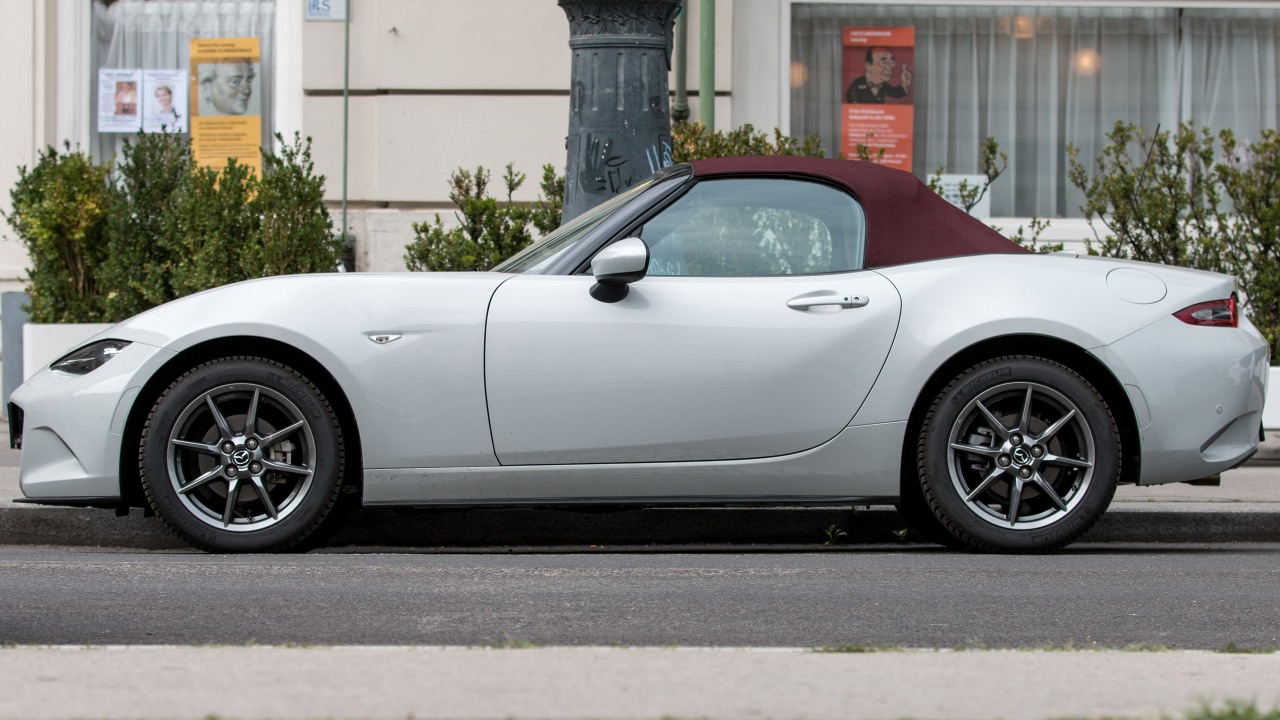
The 1980s and 1990s marked a significant shift in convertible technology with the introduction of electric and hydraulic roof systems. These advancements made operating convertible roofs more convenient and user-friendly, moving away from the manual processes of the past. Cars like the 1989 Mazda MX-5 Miata successfully integrated electric roofs, offering drivers a seamless transition between open and closed configurations.
Hydraulic systems became particularly popular in luxury models, providing smooth and efficient roof operation. The Mercedes-Benz SL series, for example, utilized hydraulic roof mechanisms that were both reliable and sophisticated. These innovations not only enhanced the driving experience but also set new standards in convenience and functionality for convertibles worldwide.
Innovations in Safety and Comfort
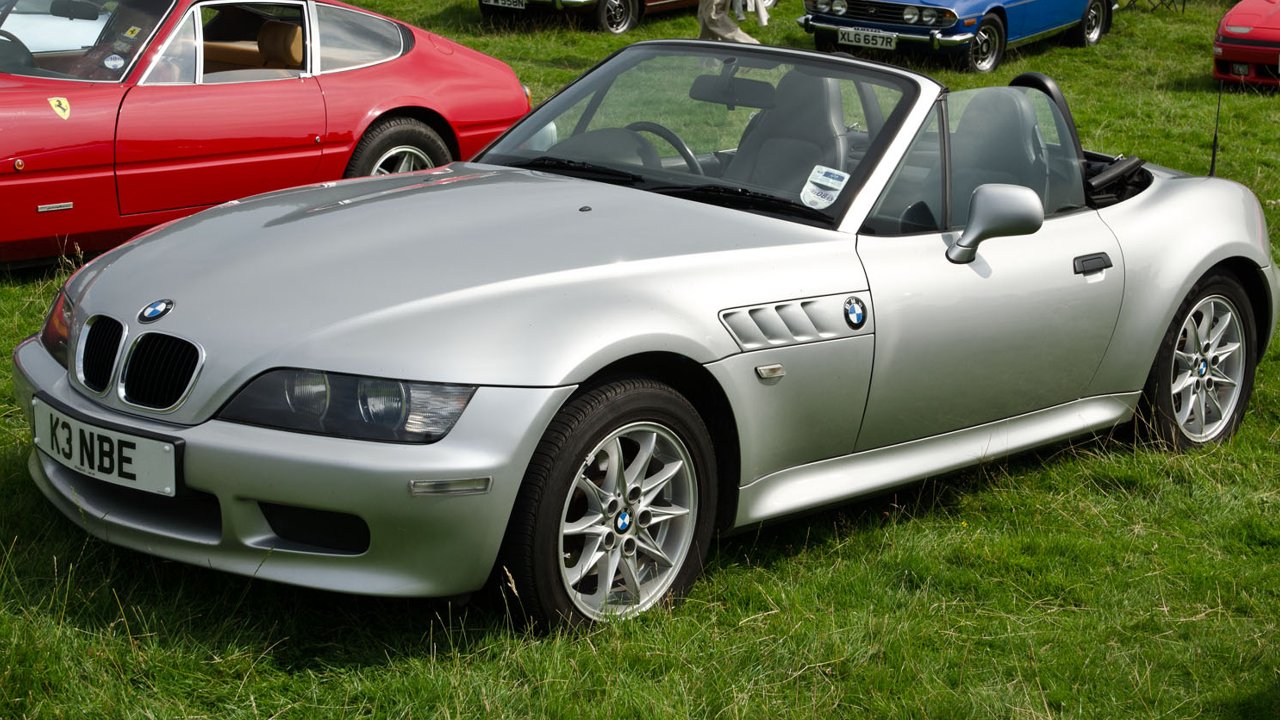
As technology advanced, so did the focus on safety and comfort in convertibles. The introduction of roll-over protection systems, such as the pop-up roll bars found in the BMW Z3, represented a major leap forward in occupant safety. These systems provided additional protection without compromising the sleek profile of the convertible design.
Manufacturers also began using enhanced materials to improve noise reduction and comfort. Acoustic insulation became a priority, ensuring that convertible owners could enjoy a quiet ride even with the top down. These innovations improved the overall appeal of convertibles, making them more practical and enjoyable for everyday use.
The Modern Era
Retractable Hardtops
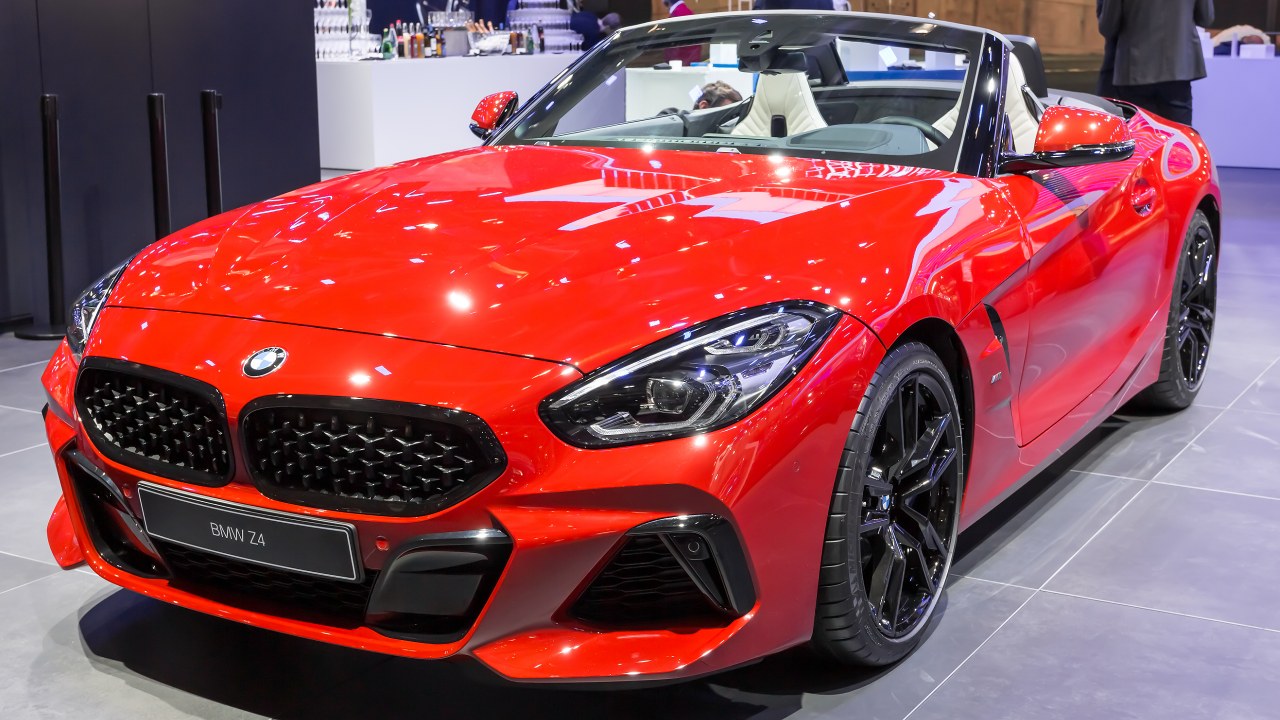
The 21st century has seen the rise of retractable hardtops, offering the best of both worlds: the security and comfort of a coupe with the open-air experience of a convertible. Models like the 2009 BMW Z4 pioneered this trend, featuring hardtops that could be retracted at the push of a button. This innovation addressed many of the challenges associated with traditional soft tops, such as weather resistance and security concerns.
However, retractable hardtops also presented new challenges, including increased weight and complexity. Despite these hurdles, the benefits of improved insulation and aesthetics have made them a popular choice among modern convertible buyers. The ongoing refinement of these systems continues to push the boundaries of what convertible roofs can achieve.
Sustainability and the Future
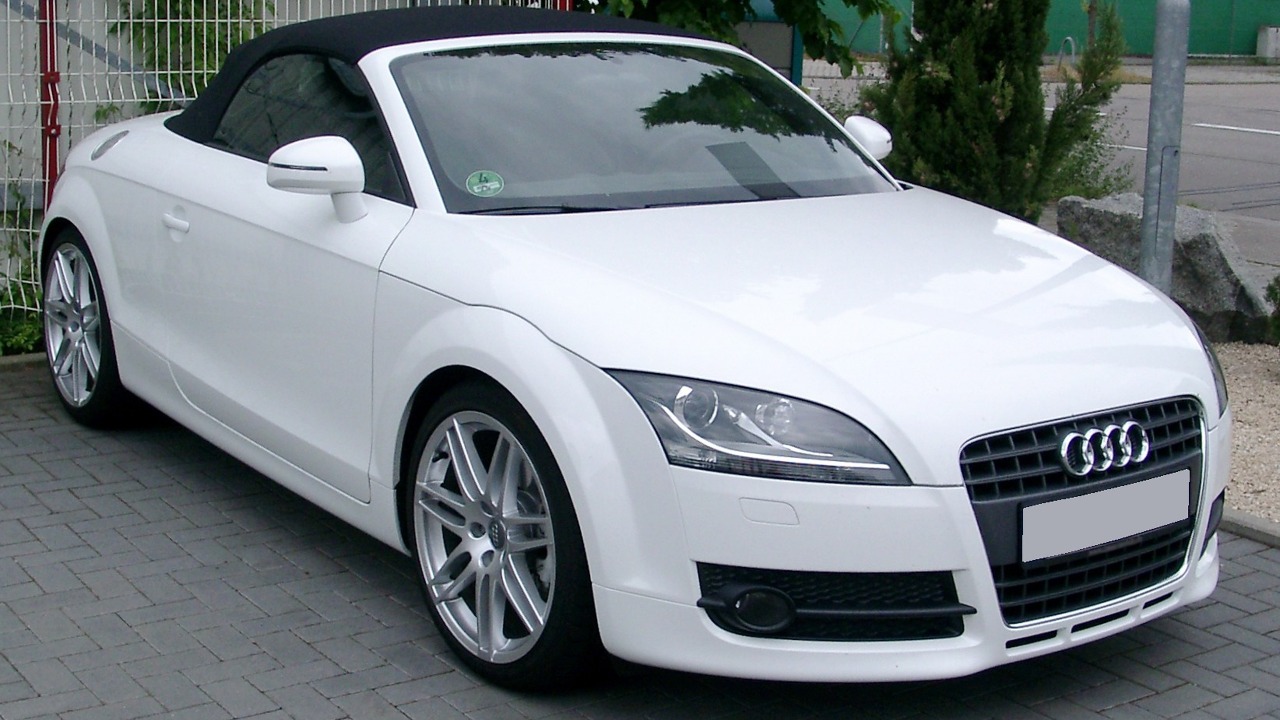
As the automotive industry moves towards sustainability, convertible manufacturers are also embracing eco-friendly practices. The use of recycled and sustainable materials in the construction of convertible roofs is becoming increasingly common. Brands like BMW and Audi are leading the charge, integrating these materials into their production processes.
The rise of electric vehicles also holds potential for future convertible designs. With the advent of models like the Tesla Roadster, the integration of electric powertrains offers new possibilities for convertible engineering. As technology evolves, the convertible segment is poised to continue its legacy of innovation, blending tradition with modern advancements in environmental responsibility.
Iconic Models That Defined Eras
Classic Models with Timeless Appeal
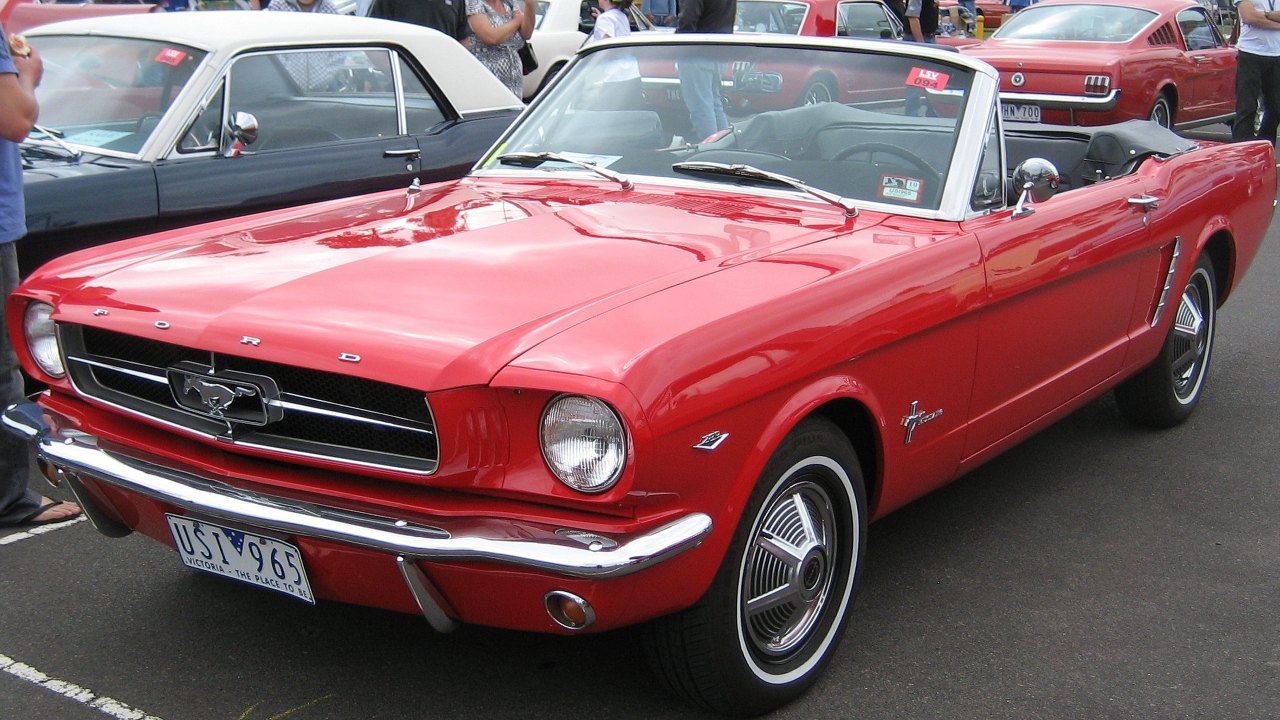
Certain convertible models have achieved legendary status, continuing to captivate enthusiasts with their timeless appeal. The Ford Mustang, introduced in 1964, remains an enduring symbol of American automotive culture. Its powerful performance and aggressive styling have made it a favorite among collectors and driving enthusiasts alike.
Another iconic model is the Porsche 911, which has consistently set the standard for luxury and performance in the convertible segment. With its distinctive design and engineering prowess, the 911 continues to embody the spirit of innovative convertible design. Its legacy is a testament to the lasting impact that well-executed convertible models can have on the automotive world.
Contemporary Standouts
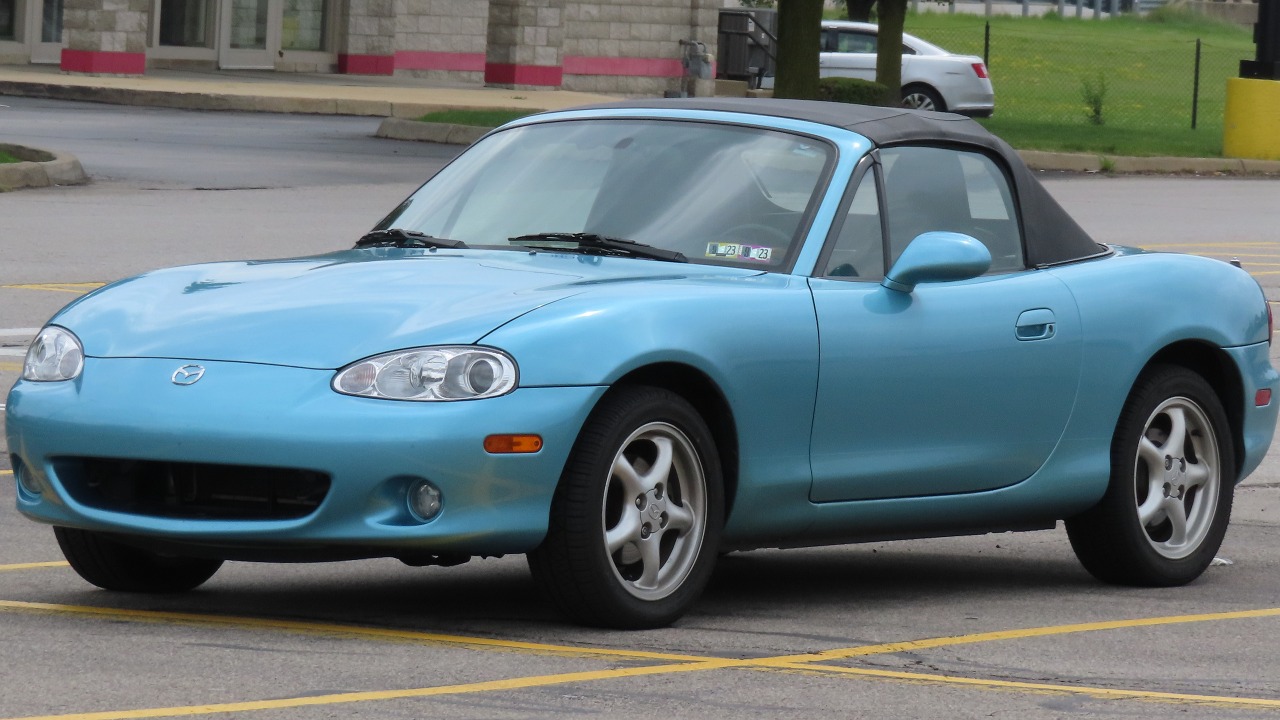
In the contemporary market, models like the Mazda MX-5 Miata have redefined the balance between affordability and style. Since its debut in 1989, the MX-5 has been celebrated for its lightweight design and engaging driving dynamics, making it a popular choice for those seeking an exhilarating open-air experience without breaking the bank.
Tesla’s foray into the convertible market with the upcoming Roadster showcases the integration of cutting-edge technology and electric performance. As the automotive landscape continues to evolve, these contemporary standouts demonstrate the ongoing relevance and adaptability of convertible designs in meeting the demands of modern drivers.
Like Fast Lane Only’s content? Be sure to follow us.
Here’s more from us:
*Created with AI assistance and editor review.

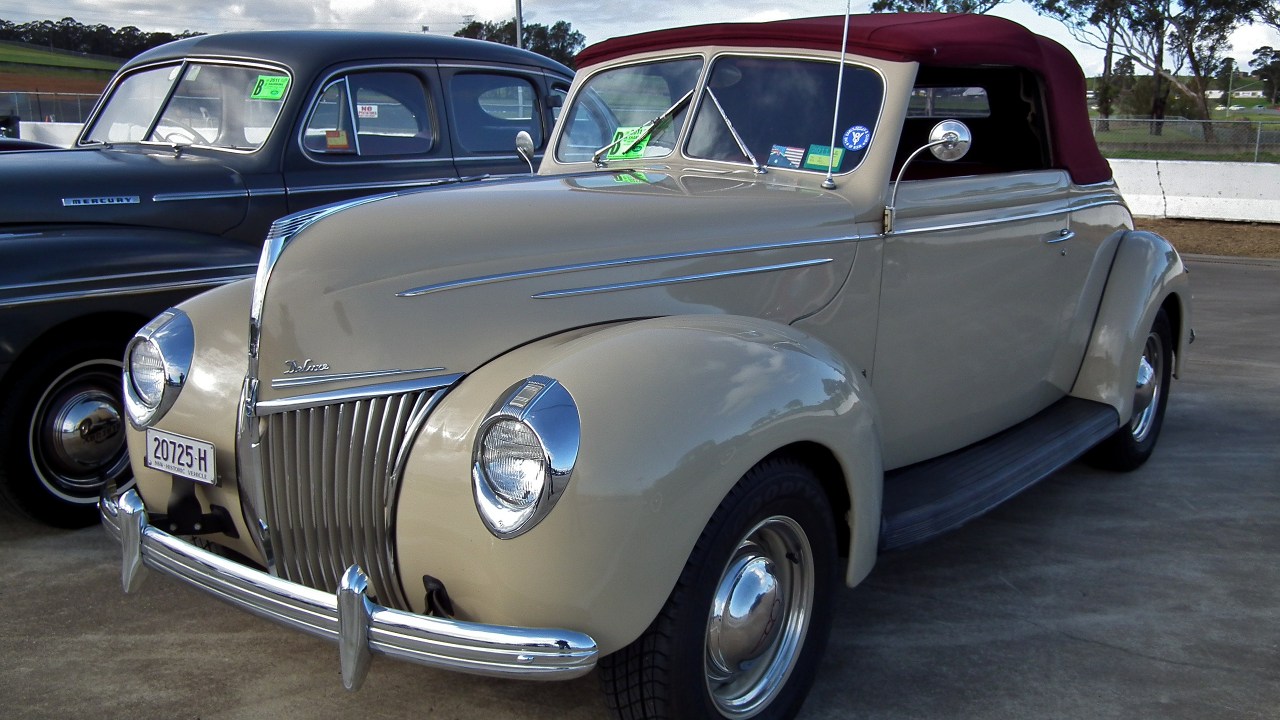
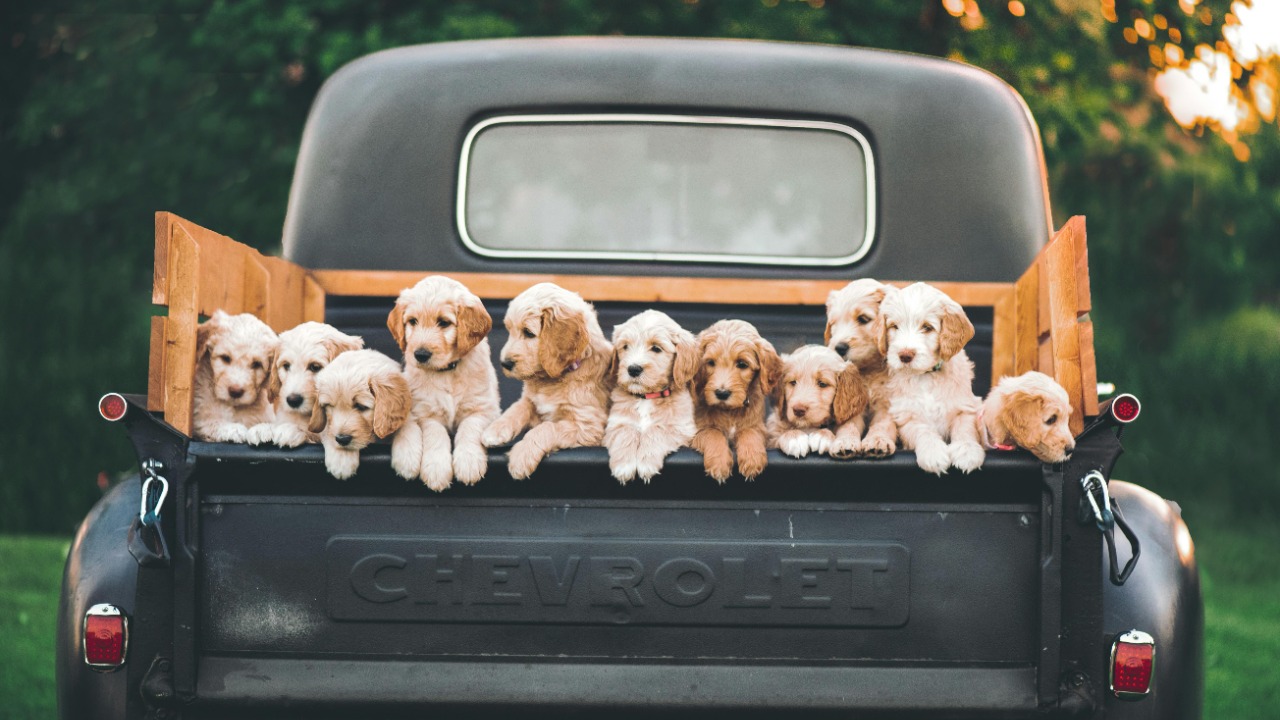
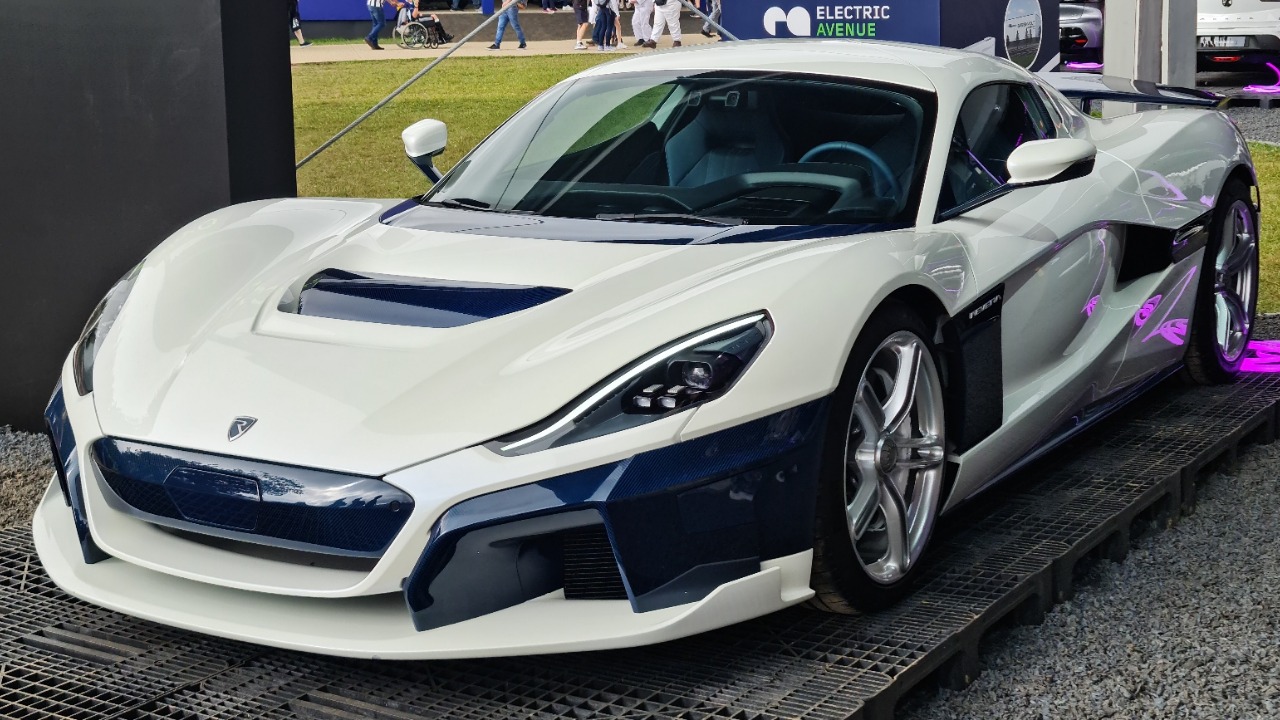
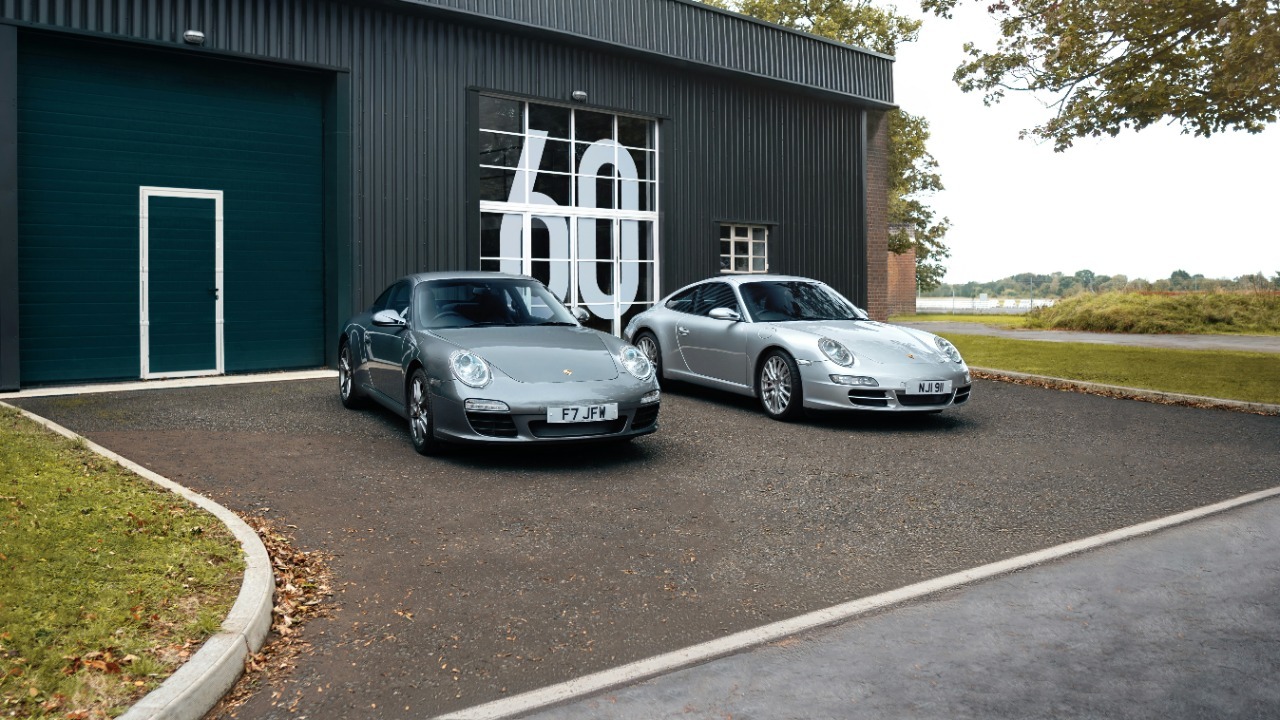


Leave a Reply